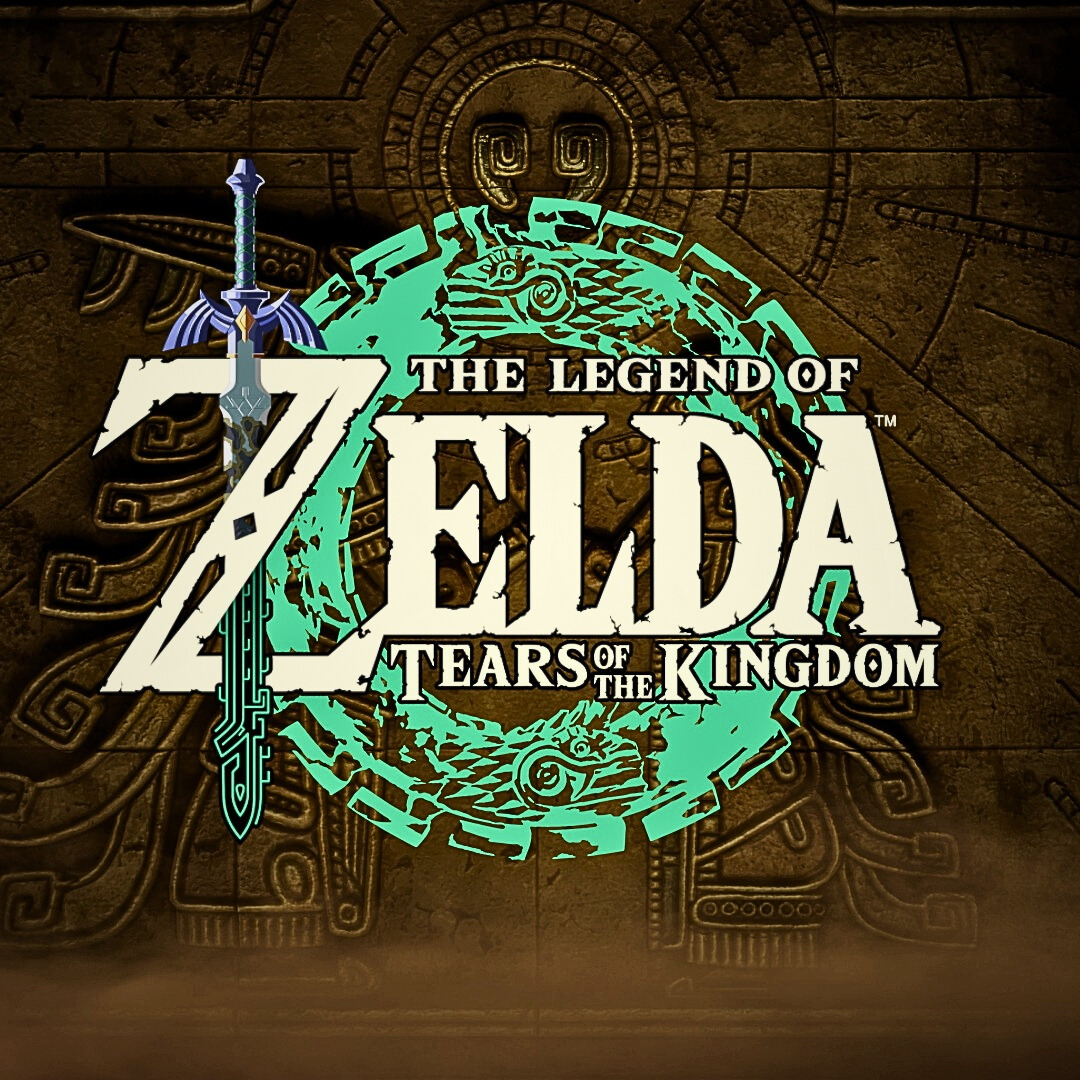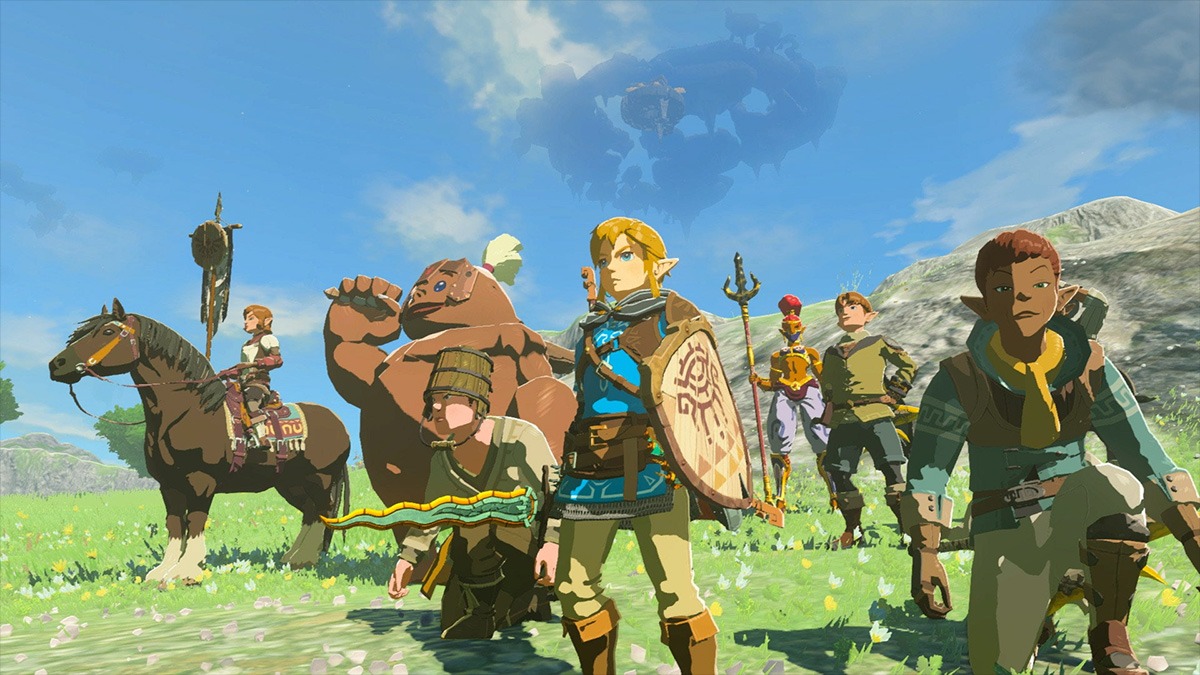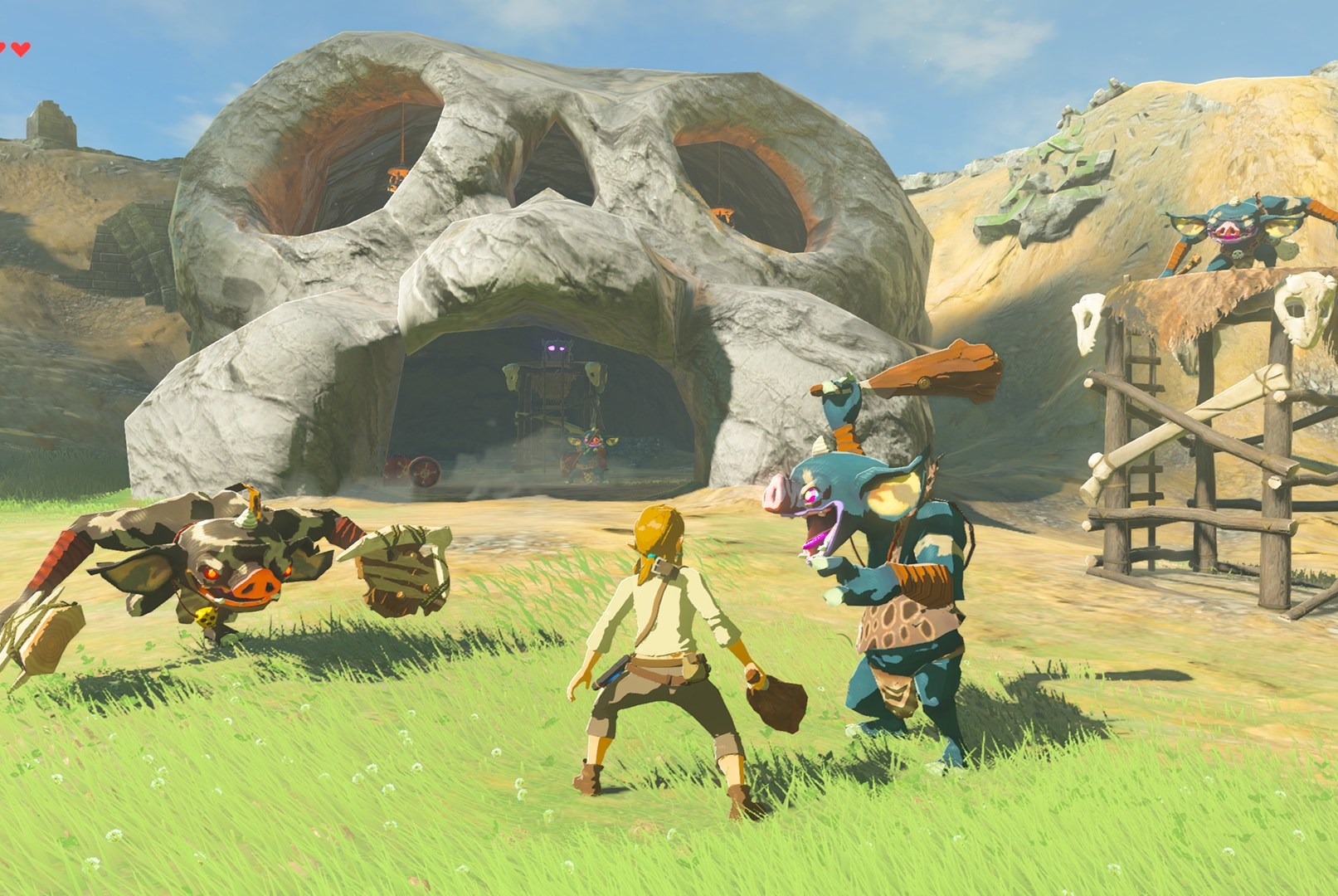
The Legend of Zelda
All trademarks belong to their respective owners. Get GameExplore vast lands, solve ancient puzzles, and battle evil in The Legend of Zelda — the legendary open-world action RPG. Play on Nintendo Switch and begin your epic quest!
The Timeless Legacy: How The Legend of Zelda Continues to Shape Gaming
For nearly four decades, The Legend of Zelda series has not merely adapted to the evolving landscape of video games; it has consistently been a driving force behind it, setting benchmarks and inspiring countless titles across various genres. Its influence extends far beyond Nintendo’s own walls, permeating game design philosophy, storytelling techniques, and even the very notion of what an interactive world can be. The timeless legacy of Zelda lies in its unwavering commitment to wonder, discovery, and innovation, ensuring its place as one of the most important and beloved franchises in gaming history.

1. Pioneering Open-World Design (Before it was a Trend):
Even in its earliest iterations, Zelda championed a sense of open-ended exploration that was revolutionary for its time. The original Legend of Zelda (1986) threw players into a sprawling overworld with minimal guidance, encouraging them to discover secrets and forge their own path. A Link to the Past (1991) further refined this with its interconnected light and dark worlds, creating a complex, layered map that rewarded revisits and deep understanding. This early commitment to player-driven exploration laid foundational groundwork for what would eventually become the modern open-world genre, influencing everything from RPGs to adventure games. Breath of the Wild (2017) then redefined the concept once more, offering an unparalleled “open-air” experience that prioritized emergent gameplay and player agency above all else, forcing the industry to re-evaluate open-world conventions.

2. Defining 3D Adventure and Combat (The Ocarina of Time Revolution):
When Ocarina of Time launched in 1998, it wasn’t just a great game; it was a blueprint for 3D adventure. Its innovations became industry standards:
- Z-Targeting (Lock-On System): This ingenious mechanic allowed players to lock onto enemies, making 3D combat manageable and precise. It became a ubiquitous feature in action games and RPGs for years to come.
- Context-Sensitive Actions: Link’s actions changed based on the environment (e.g., climbing, pushing, interacting with objects), simplifying controls and making interactions intuitive.
- Seamless Transition: While not truly seamless, the ability to fluidly move between the expansive Hyrule Field and interior dungeons and towns was a technical marvel for its time, creating a cohesive world.
- Epic Boss Battles: Ocarina of Time’s boss fights were cinematic, multi-stage encounters that required the strategic use of dungeon items – a formula widely adopted by subsequent titles. Its impact on games like Dark Souls, God of War, and countless other action-adventure titles cannot be overstated.
3. Masterful Dungeon Design and Puzzle Integration:
Zelda dungeons are legendary for their intricate design. They are not merely combat arenas but elaborate puzzles in themselves, often introducing a new item that becomes central to their challenges. This philosophy:
- Integrated Item Progression: New items aren’t just combat tools; they are keys to unlocking new pathways, solving environmental puzzles, and defeating bosses. This creates a satisfying feedback loop of discovery and empowerment.
- Spatial Reasoning: Dungeons often require players to think in multiple dimensions, understanding how actions in one room affect others, or how to navigate complex multi-floor layouts.
- The “Aha!” Moment: The series consistently delivers the highly satisfying moment when a complex puzzle clicks into place, providing a powerful sense of intellectual accomplishment. This commitment to intelligent design has inspired countless puzzle-adventure games.
4. Rich Lore and Environmental Storytelling:
While often light on dialogue, Zelda builds its narrative through its deep lore, recurring characters (reincarnations of Link, Zelda, Ganon), and the environments themselves.
- Cyclical Narrative: The idea of a timeless struggle that repeats through generations allows for fresh takes on familiar themes without being strictly sequential.
- Environmental Cues: Secrets, story elements, and even gameplay hints are often woven into the landscape, rewarding observant players.
- Memorable Characters: Beyond the main trio, characters like Impa, Sages, and even quirky villagers contribute to the vibrant tapestry of Hyrule.
- Iconic Music: Koji Kondo’s legendary compositions are integral to the series’ emotional resonance, instantly recognizable and deeply nostalgic for millions.
5. Constant Reinvention While Respecting Core Identity:
Perhaps Zelda’s most significant legacy is its willingness to take risks and reinvent itself without abandoning its core spirit. From the time-loop mechanics of Majora’s Mask and the cel-shaded art of Wind Waker to the motion controls of Skyward Sword and the open-air sandbox of Breath of the Wild (and Tears of the Kingdom), the series consistently challenges its own conventions. This daring approach ensures it remains fresh, relevant, and at the forefront of game design, while still delivering the quintessential “Zelda feeling” of adventure, discovery, and heroism.

The Legend of Zelda is not just a collection of games; it is an evolving philosophy of game design that prioritizes player agency, intellectual engagement, and a profound sense of wonder. Its enduring magic ensures that for generations to come, players will continue to draw the Master Sword and embark on their own unforgettable journeys through Hyrule.